About the Laser Technology Innovation
VISUAL is a collaborative project that unites six research laboratories and private companies to deliver a laser source of significant scientific and medical importance while showcasing its versatile applications.
The initial phase of the VISUAL project focuses on developing an advanced light source capable of generating short pulses on demand at a high repetition rate. Three Consortium members are involved in this task, each contributing unique expertise:
- Amplitude is tasked with developing an Ytterbium laser source, operating at a high repetition rate and featuring a pulse-on-demand function.
- CNRS is responsible for developing and fabricating a nonlinear fiber designed for supercontinuum generation.
- Fastlite is committed to constructing an OPA (Optical Parametric Amplification) system at a high repetition rate, powered by the Amplitude light source and incorporating the CNRS-developed fiber as a central component.
A significant challenge in this phase is the elevated repetition rate, leading to increased mean power and potential damage through thermal effects. Additionally, the industrialization of the OPA source is a key consideration, with stability and robustness being crucial factors.
These aspects will be rigorously tested through three distinct applications, constituting the second part of the VISUAL project.
Exploring Laser Applications
The second part involves experimental demonstrations illustrating the medical and scientific use of the laser source.
- JenLab will exploit the laser source by incorporating it into their nonlinear microscope for bio-medical diagnosis. Collaborating with UITM, JenLab aims to pioneer innovative methods for analyzing images related to skin cancer.
- CNRS will leverage the laser source for advanced glass and fiber structuration, primarily focusing on developing a process allowing nanoparticle size tunability in optical fibers with precise spatial resolution.
- In joint experiments, FAU and CNRS will deploy the laser source for electron acceleration on microchips. The high repetition rate of the developed laser source proves advantageous, contributing to increased average electron current and holding significant scientific interest.
The versatility of the VISUAL source will not only bring benefits to the selected applications but also carry innovative approaches in these domains. Due to collaborative efforts from private and public sector participants funded by the EU, we are advancing towards a groundbreaking light source transforming the landscape of research and medicine.
Members of the VISUAL project
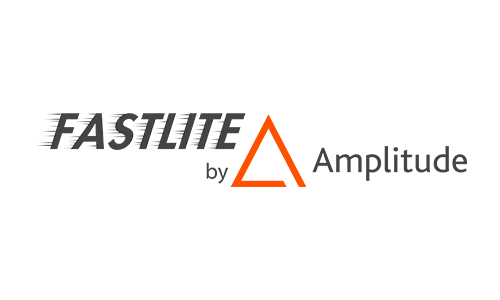
Fastlite by Amplitude
Founded in 1999 by Pierre Tournois and Daniel Kaplan, Fastlite has become a leading force in ultrafast laser pulse control and measurement, with a strong emphasis on femtosecond pulse shaping and characterization. Its expertise has propelled it into the international spotlight, setting new standards in precision and performance. In recent years, Fastlite expanded its offerings with Optical Parametric Chirped Pulse Amplifiers (OPCPA), further solidifying its reputation as an innovative leader in the ultrafast laser community.
- Hervé Jousselin, Sales Director
- Yoann Pertot, R&D Manager
- Simone Bux, R&D Senior Engineer
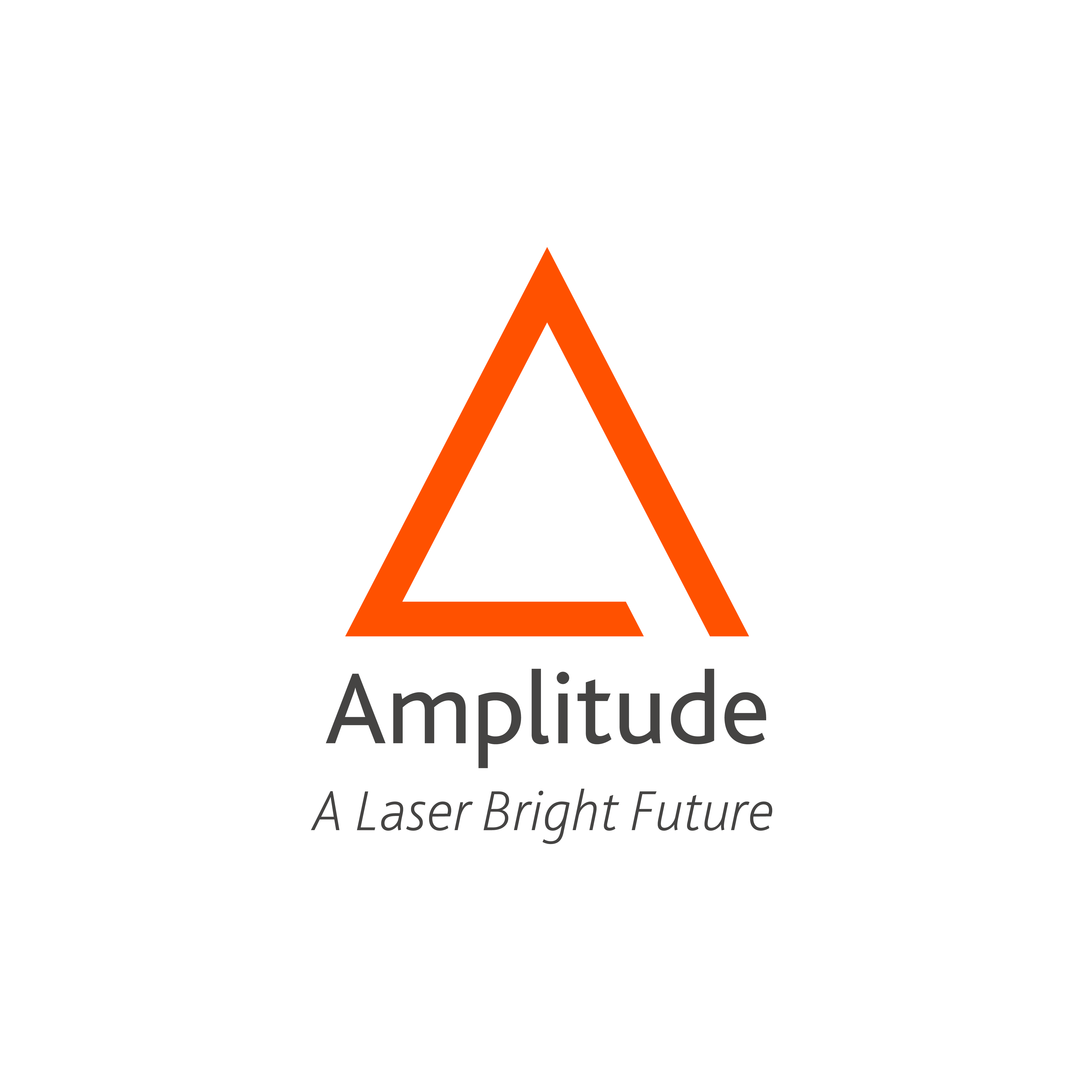
Amplitude
Amplitude is a global leader in femtosecond laser technology, serving industrial, medical, and scientific sectors. It excels in innovation and quality, with a multicultural workforce across four manufacturing sites and multiple offices worldwide. Renowned for its commitment to research, innovation, and industrial efficiency, Amplitude has earned multiple awards for its high-performance, reliable, and user-friendly lasers. Its products are widely used in various fields, including ophthalmology and semiconductor manufacturing, showcasing the technology’s broad applicability and excellence. With a focus on quality and reliability, Amplitude is dedicated to advancing ultrafast laser technology and maintaining close relationships with its customers globally.
- Clemens Hönninger: Vice president and R&D director
- Ivan Ulyanov: R&D engineer
- Yoann Zaouter: Business Developer
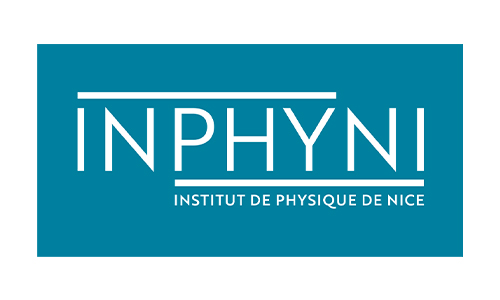
CNRS InPhyNi
The Institute of Physics of Nice is a joint research unit (INPHYNI – UMR 7010) associated with the University of the French Riviera (UCA) and the National Center for Scientific Research (CNRS). The activities of INPHYNI are structured around three main axes: Waves and Quantum Physics, Photonics, Nonlinear Physics, Complex Fluids, and Biophysics. The projects developed within these axes encompass theoretical, fundamental, and experimental aspects as well as applications, benefiting from the capabilities and support of high-performance technological platforms as well as efficient common administrative and technical services.
- Nicolas Forget: Research director at InPhyNi
- Aurélie Jullien: Research director at InPhyNi
- Matthieu Bellec: Researcher at InPhyNi
- Wilfried Blanc: Researcher at InPhyNi
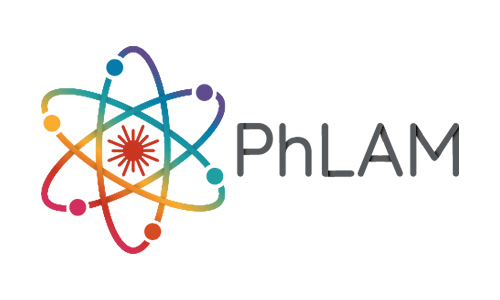
CNRS PhLAM
The PhLAM laboratory, specializing in the Physics of Lasers, Atoms, and Molecules, is a joint research unit led by Cristian FOCSA, affiliated with both the CNRS and the University of Lille. Its research focuses on the interaction between light and matter through five main axes, encompassing areas such as laser-cooled atoms, complex systems dynamics, theoretical molecular physico-chemistry, photonics, and molecular physics with interactions. With a strong emphasis on experimental work and increasing modeling support, the laboratory’s research balances fundamental physics with practical applications. Through valuable industrial partnerships, particularly with regional companies, PhLAM aims to develop innovative technological applications with significant societal impact, reflecting its commitment to bridging fundamental and applied research.
- Alexandre Kudlinski: Professor at PhLAM
- Andy Cassez: Research engineer at PhLAM
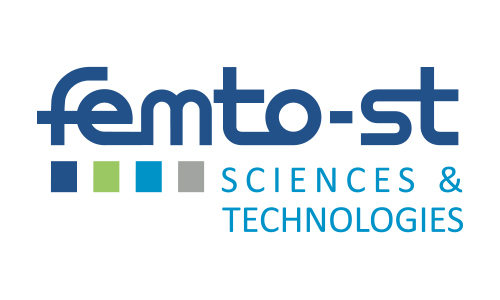
Femto-ST
FEMTO-ST institute stands as the largest public research laboratory in the Bourgogne-Franche-Comté region, nestled in eastern France amidst Switzerland and Germany. With 7 scientific departments and approximately 750 staff members spanning various roles, from PhD students to professors, FEMTO-ST conducts fundamental and applied research globally. Supported significantly by industrial contracts, about 50% of its operational budget, the institute has also fostered the creation of several start-up companies, spanning sectors such as high-speed telecommunications and photonic applications.
The Optics Department of FEMTO-ST enjoys international recognition, particularly in nonlinear optics, ultrafast optics, chaos and nonlinear dynamics, cryptography, nanophotonics, and telecommunications. Housing a vibrant Optics and Photonics research group of 10 permanent staff members, the department typically produces 3 PhD graduates annually. Renowned for its pioneering work in nonlinear optics and telecommunications, the group has achieved milestones such as experiments in optical chaotic encryption, intensity and phase measurements on telecommunications pulses, and advancing modeling of nonlinear propagation in photonic crystal fibers.
- Thibaut Sylvestre: Research Director at Femto-ST

Jenlab GmbH
Founded in 1999 as a spin-off from the University of Jena, JenLab is now headquartered in Berlin and stands at the forefront of femtosecond laser technology for medical imaging. Their pioneering portfolio features specialized laser microscopes and multiphoton tomographs designed for skin imaging, offering non-invasive and label-free optical skin biopsies with subcellular precision in seconds. Their applications range from skin cancer detection to the evaluation of cosmetic and pharmaceutical products, along with assessing skin changes in astronauts after prolonged space missions. JenLab serves a diverse clientele, including hospitals such as MGH Boston, leading cosmetic industry players like L’Oreal, BDF, Shiseido, and pharmaceutical giants like GSK.
- Karsten König: CEO
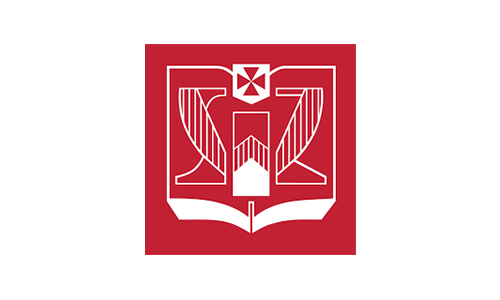
UITM
University of Information Technology and Management in Rzeszow, Poland.
- Grzegorz Karpiuk: Head of Project Department
- Lukasz Piatek: Research engineer

FAU
Chair for Laser Physics from Friedrich-Alexander-Universität Erlangen-Nürnberg, Germany.
One of the main research topics of our group is the development of particle accelerators based on photonic nanostructures. In the near field of a laser-illuminated silicon structure, electrons can be efficiently accelerated to high energies due to the GV/m laser fields and the high damage threshold of dielectric materials. This concept is known as dielectric laser acceleration (DLA).
- Peter Hommelhoff: Professor
- Stefanie Kraus : PHD student
- Leon Brückner : PHD student